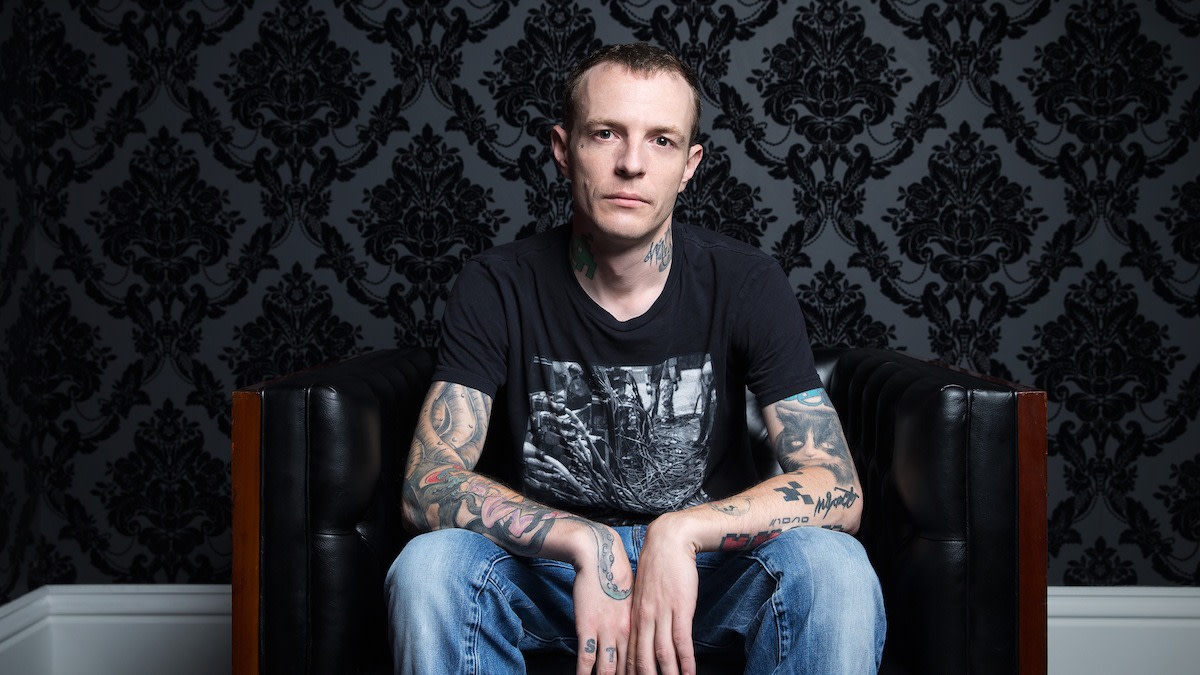How to Mix Tracks Like deadmau5, the Musician Behind “I Remember”
Written by MasterClass
Last updated: Aug 9, 2021 • 4 min read
Mixing a track is where all of your individual tracks can now come together to form a unified song. This is where your hard work of creating and cultivating many different tracks and sounds finally starts to see the end, and where you can get creative making a mix that is all your own. Electronic music producer deadmau5 (real name Joel Zimmerman), the producer behind mega hits like “I Remember,” demonstrates his top tips for mixing tracks and creating unforgettable electronic dance music (EDM).
Learn From the Best
1. Setting Up and Staying Organized
The mixing process is ongoing and starts as soon as you’re laying down your first tracks. Keeping your individual tracks organized is one of the basic key skills in mixing. As you begin recording tracks, be sure to name the tracks properly, like “Tambourine 1,” rather than “Audio Track 39.” This will save time searching for various tracks as you mix. Set up groups to help you keep organized, with the drums all summing into a drum group and the bass and synth pads each doing the same. Color-coding your track groups can help stay on top of organizing your tracks.
2. Bus Your Tracks
A bus is one track with multiple sounds. You can use a bus to process all the sounds at once, which gives them the same treatment, such as the same reverb or compression.
3. Balance Your Levels
A lot of mixing involves properly balancing your track volumes against each other. Play with the volume faders on each track to achieve a good balance of all of the various instruments and sounds. Balance your track volumes against each other roughly, and try to keep your master volume around -6 db so you have headroom to work with when you go into your mastering plug-ins later. If you balance your levels with a clear goal of where the track is going, processing the mix later will smooth out these rough ideas you have now.
4. Get the Sound You Want With EQing
If every sound is made up of various frequencies (measured in Hertz (Hz)), applying EQ is the art of cutting and boosting those frequencies to get the sound you want. An equalizer essentially allows you to adjust the volume on individual frequencies in a track, rather than adjust the volume overall, as with a volume fader. Use EQs to help similar instruments or instruments that play in similar ranges fit together without sounding muddy or dull. Figure out what part of the harmonic spectrum you want from a given instrument — top end shimmer, or bass resonance for instance — and duck the rest of the frequencies to make sonic room for other sounds. Using high and low-pass filters for EQ can help simplify the process, especially if you are new or uncomfortable with EQ, but bear in mind that each track will still need special attention in order to sit right within the mix.
5. Level Your Volume with Compression
Compression is a means of leveling the volume across your tracks in the mix, taming the louder tracks and bringing out the quieter tracks, so that everything sits well in your mix. Using compression and finding a good balance of the tracks within your mix is an art, since you do not want a track to be too loud and stand out, or to be too quiet and get lost and muddied in the mix. In the video above, notice the difference it makes when deadmau5 turns compression on and off on his top level track. Deadmau5 suggests to use side-chain compression, keyed to your kick drum, to make big leads feel like they’re a cohesive part of your track. This ducks the lead’s volume every time the kick hits, and keeps it from sounding like it’s sitting awkwardly on top of the mix.
6. Apply Reverb Effects
Instruments and tracks recorded at home can sometimes sound a bit dry because, well, they are recorded at home and not in a church with natural echo and reverb. Applying reverb to a track can give it the depth of sound as though it were recorded in a space larger than your bedroom. The amount of various reverb controls can be intimidating, but have fun with them and get creative playing around a bit until you find the right reverb for your track. Be careful not to use too much reverb, and to keep it subtle on most tracks.
7. Make Plug-Ins Work For You
“This can all be done correctly with a minimal amount of software and less hardware.”
You don’t need better gear to be better at mixing. DAWs (Digital Audio Workstation) like Ableton Live come with all the plug-ins you really need to make a great sounding mix. VST plug-ins, which stand for Virtual Studio Technology, are a powerful tools to recreate traditional instrument sounds for your own sound design. Focus on training your ears and getting used to what the plug-ins can do for you before you start investing in more studio equipment. Joel (deadmau5) admits he doesn’t really need most of the gear he uses — for him, expanding his studio is a matter of passion, not necessity. If you want to learn more about how Joel uses some plug-ins, check out this Serum VST article.
Once you get your mix sounding how you want it to, you can take it out of mono into stereo (if you’ve been mixing in mono) and start using some effects to add your unique stamp to the mix. Play around, get creative, and have fun with your mix.
